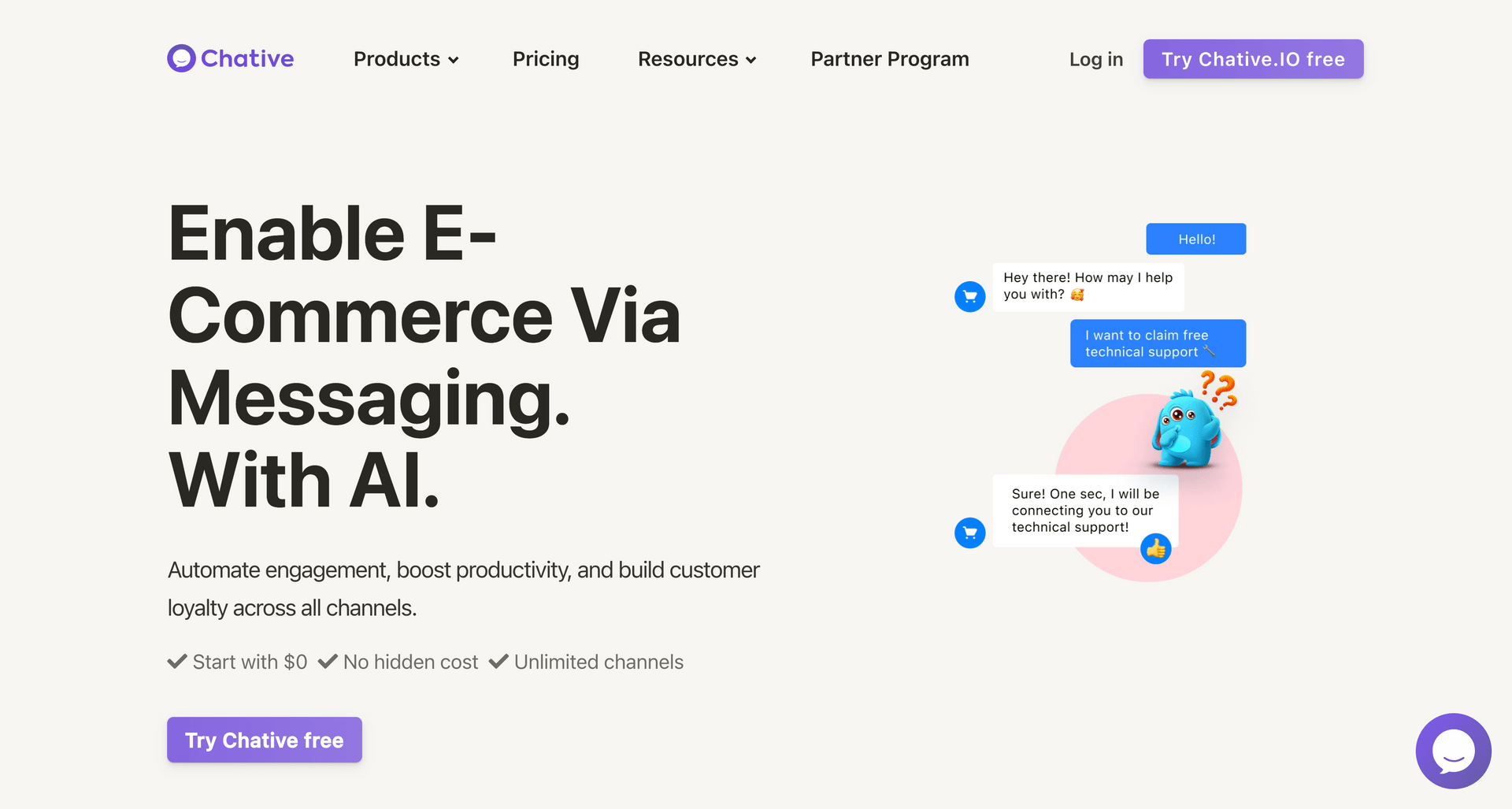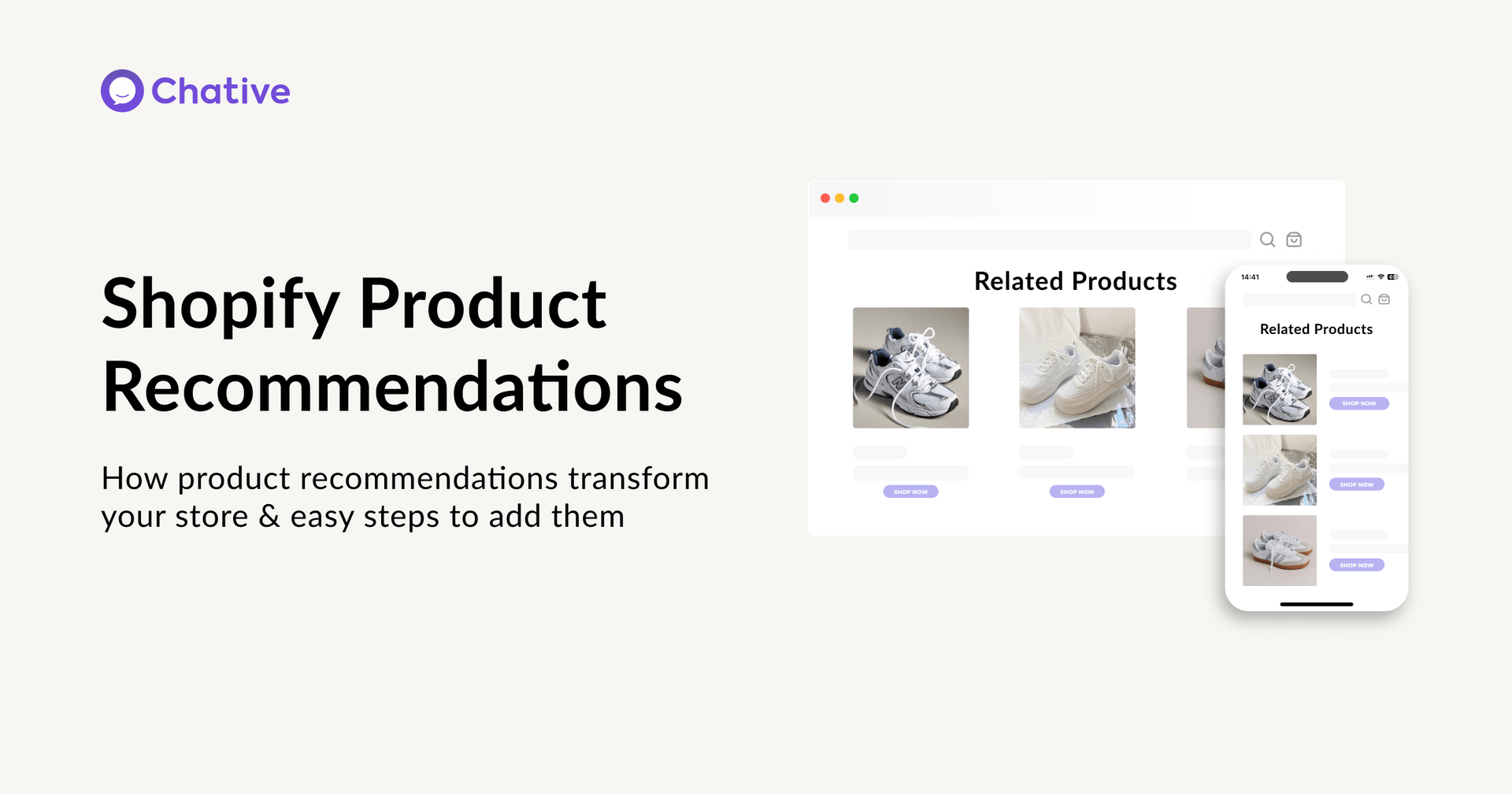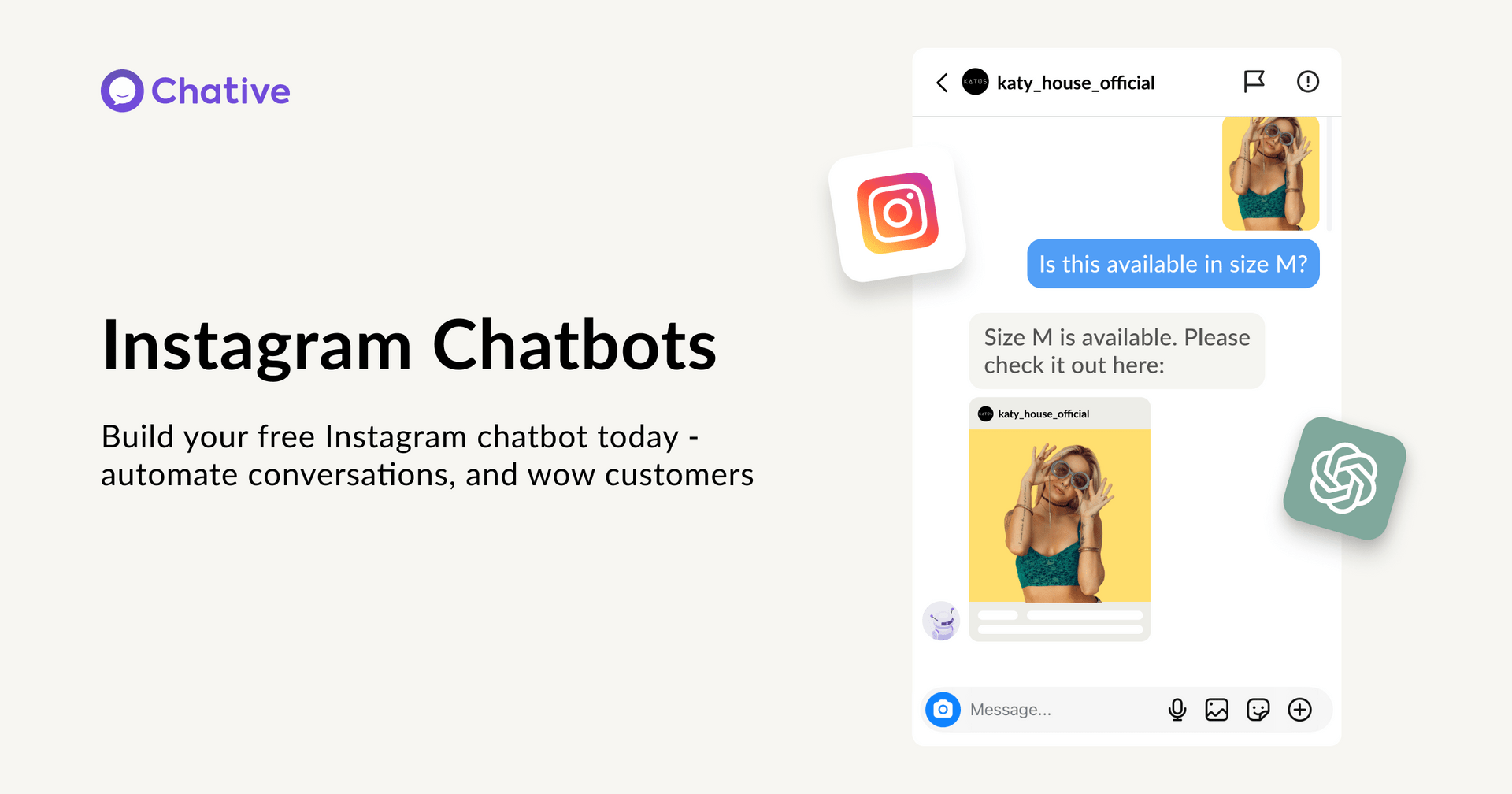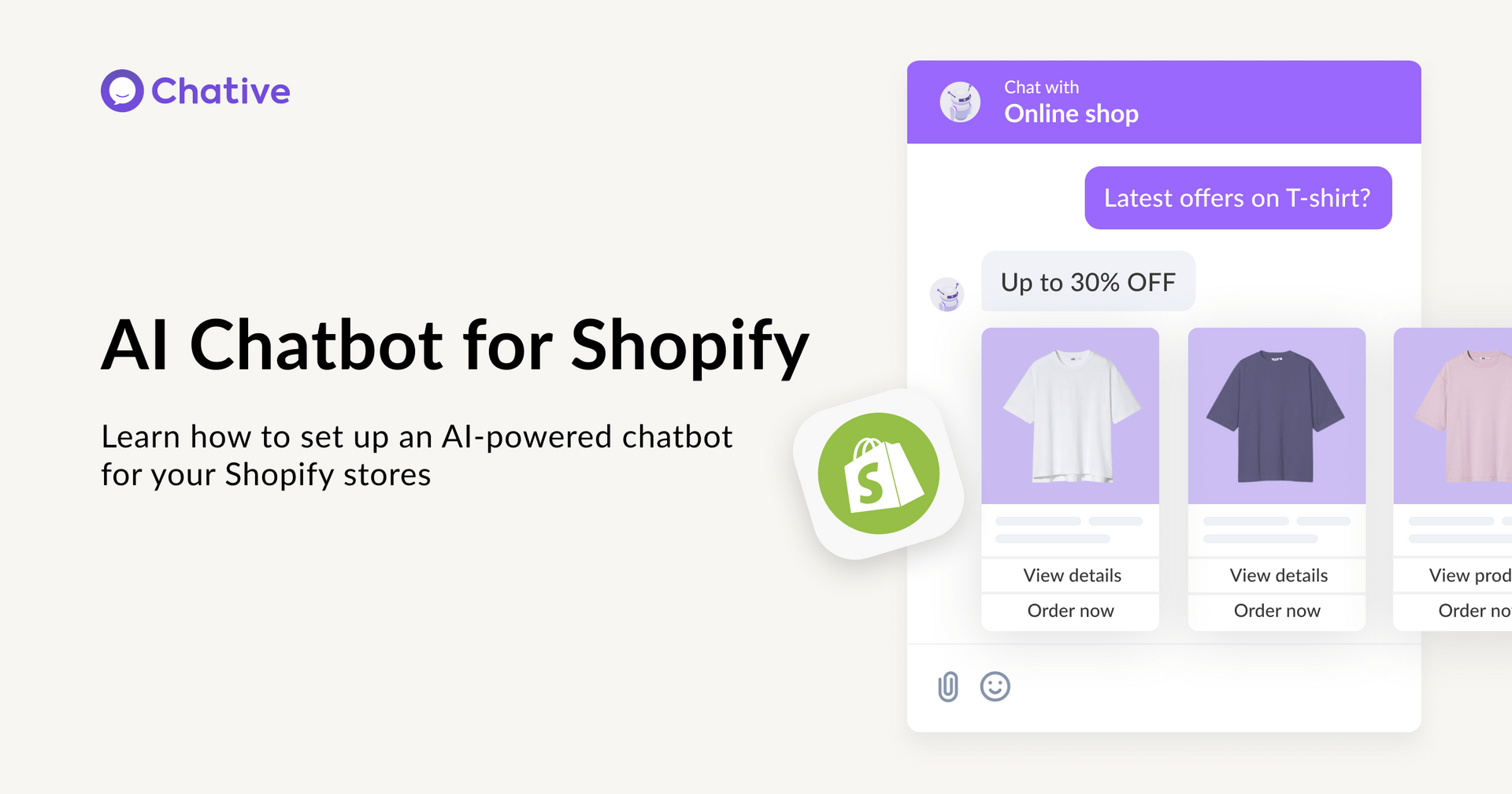Getting To Know Chative: A Powerful Omnichannel Live Chat
E-commerce Tools - December 27, 2021 - 5 min
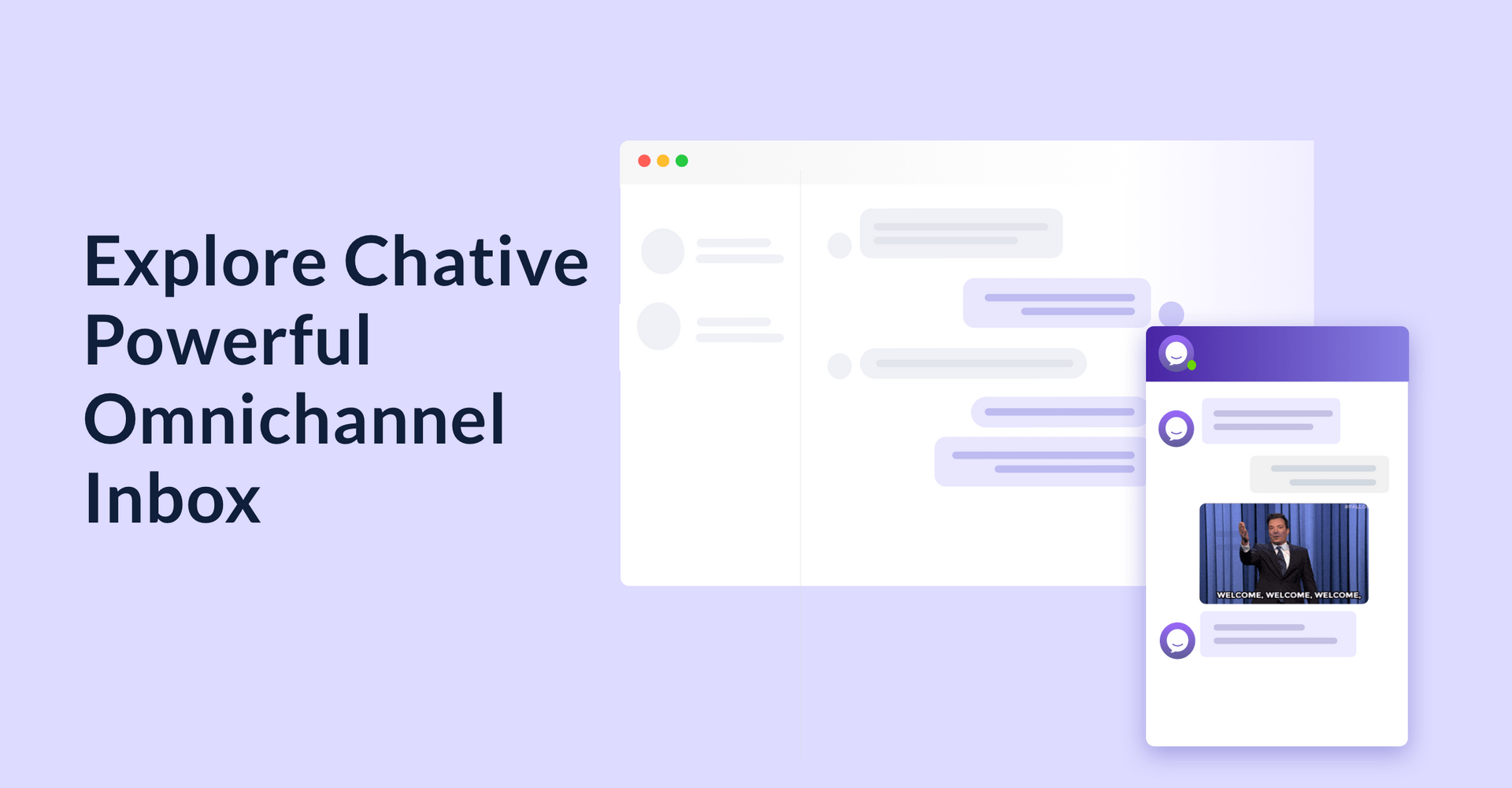
QUICK LINKS
How does omnichannel messaging dominate online business’ needs?
A few years ago, the thought of omnichannel was still new with businesses. Only some big brands apply this strategy on their sale and marketing plans to utilize the customer data and optimize their buying journey on many channels.
But now, the rising popularity of messaging apps is changing the way people want to interact with businesses. As a result, this term is more easy-to-approach. It forces firms across industries to quickly accelerate at any scope if they’re going to survive in this competitive market.
In recent research, Aberdeen Group shows that companies with robust omnichannel customer engagement retain on average 89% of their customers. Additionally, 90% of customers expect consistent interactions across channels.
Therefore, with the fast growth of online messaging, businesses also find a communication tool that can adapt to this must-have strategy. Simply, omnichannel messaging allows businesses to access all messages in a single hub. Meanwhile, it also provides customers a uniform, top-notch customer experience no matter which channel the customer uses.
Chative omnichannel inbox – an interesting feature adapting all concerns
Gather many messaging channels in only one place
Log in to each channel and switch tabs to respond to customers’ queries? It’s probably not pretty good. You’re wasting much time and effort managing and answering your customers’ messages.
A shared inbox will help you control that. It accepts messages from all popular channels, like Facebook Messenger, WhatsApp, Instagram. It allows you to reply to them in one place.
All in your hands with various operations in an omnichannel inbox, such as answering customers, taking private notes, or tracking the channels customers interact from.
Utilize customer base across channels
The biggest problem in having many channels to handle is scattered customer information. We cannot control when or where they interact with us in each channel, whether they made an order before, or who they are. It’s hard for businesses to synchronize the customer data from different channels in single storage to elevate the customer experience.
In fact, the faster you understand the situations that surround an interaction, the quicker you can resolve it. Chative uses historical customer information to keep conversations from being repetitive. Basic information and customer activity logs can help you define the context behind of conversation. Then a goodwill personalized interaction won’t be a big deal with your business anymore.
Being proactive in every conversation
As we mentioned, understanding how and where customers interact with your business is a key to winning customer loyalty.
When you have customer data and preferences, all the later sales, marketing, or support activities will be as easy as pie.
People like dedicated service. They want to be important in any business that they are working with. So, sending marketing messages with personalized content or taking care of them and providing suggestions based on their behaviors in the last transaction will gain a considerable impression. Hence, they’ll be delighted and return to your business many times later.
In conclusion
“No matter what channel a customer reaches out on, you’ll build forward from each interaction–instead of starting from square one.”
This is how Chative’s omnichannel inbox aims to achieve the most extensive mission to bridge the communication gap between business and customers.
Be now, be appropriate, be creative with Chative! Get Free Offer ?
Introduced amid the world communication being reshaped by the COVID-19 pandemic and the rise of popular messaging apps, Chative is an online messaging application that helps small business owners, medium-sized sales & support teams engage inbound leads effectively via connected chat on websites and social media.
If you’re getting started with conversational commerce, consider starting free with Chative to engage customers visiting your online sites every day.
Read our product showcase – “Getting to know Chative”.
Related Posts
January 22, 2025
How To Add Product Recommendations In Shopify?
January 14, 2025
Run a High-Converting Holiday Flash Sale on Shopify in 2025
January 11, 2025
Transform Your Business with AI-Powered Cost Optimization
January 09, 2025
Create A Chatbot for Instagram for Free
January 01, 2025



